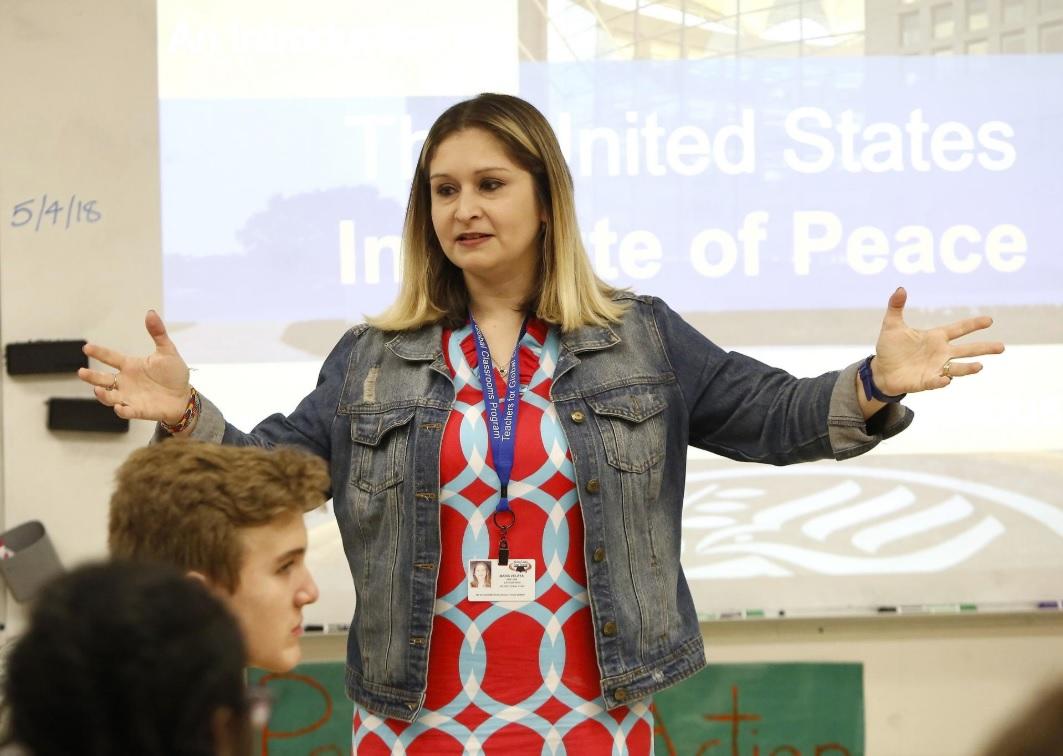If you teach HISTORY
- Use USIP’s conflict analysis tools to help students develop a deeper understanding of past conflicts and engage in creative problem solving to explore potential and actual resolutions
- Have students develop their own conflict resolution skills, then script and perform a negotiation or mediation between key parties to a historic war
- Challenge students to design a physical memorial that would help build peace in a community following a war or violent conflict
- Have students assess their own conflict styles, then assess the evolving conflict styles of parties to historic wars (e.g., avoiding, accommodating, compromising, competing, and problem solving)
- Teach students about important nonviolent movements in history, and those movements’ leaders, as well as the everyday individuals making up those movements and the nonviolent tactics they employed
- Provide a peace “bookend” to any history course by asking students to define conflict and peace at the beginning of the course, and then to revisit and solidify their understandings at the end of the course, based on specific historical evidence
